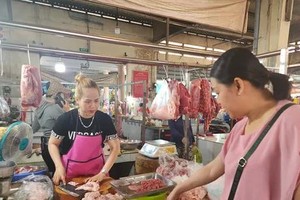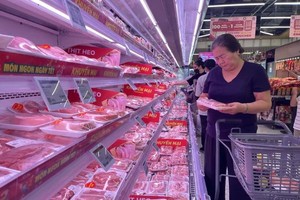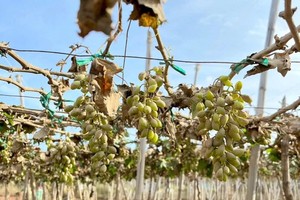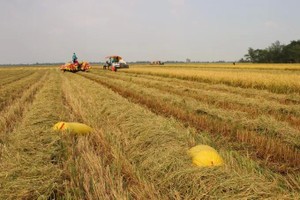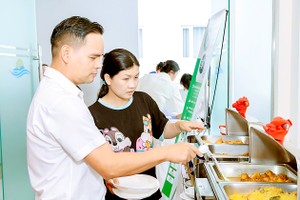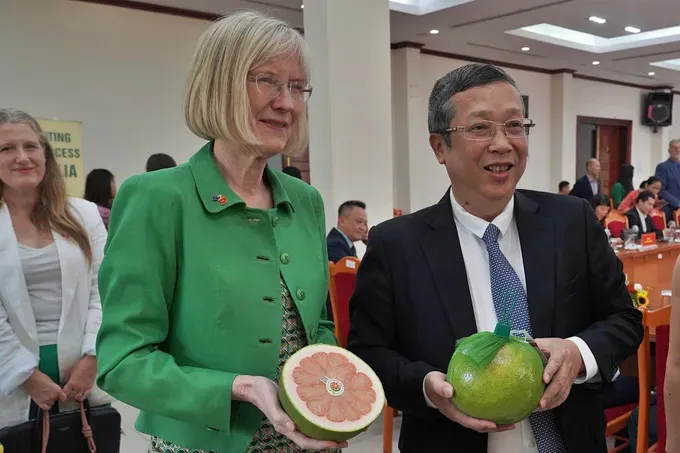
The announcement was made this morning in Hanoi at a ceremony jointly organized by the Department of Crop Production and Plant Protection under Vietnam’s Ministry of Agriculture and Environment and the Australian Embassy in Vietnam.
The event marked the signing of two key agreements including one setting the import conditions for Australian blueberries into Vietnam, and another—the Operational Work Plan—outlining the conditions for Vietnamese grapefruit exports to Australia.
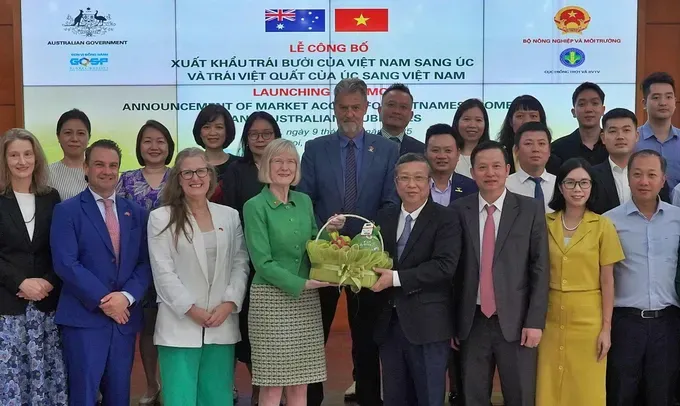
Speaking at the event, Australian Ambassador to Vietnam Gillian Bird expressed her delight at the opening of both markets, calling it “an important milestone in the long-standing agricultural partnership between Vietnam and Australia.”
“Today’s agreements reflect our shared commitment to advancing agricultural trade and ensuring consumers in both countries have access to fresh, high-quality produce,” Ambassador Bird said. “Australia has been a consistent supplier of cotton, wheat, red meat, dairy products, and vegetables to Vietnam, while we have a strong and growing appetite for Vietnamese products such as seafood, coffee, rice, and fruit.”
The Ambassador highlighted the advantages of the short transport distance between the two nations, noting that “fresh Australian blueberries can reach Vietnamese consumers within 24 hours of harvest.” Likewise, she added, “Australian consumers are eager to soon enjoy the taste of Vietnamese grapefruit.”
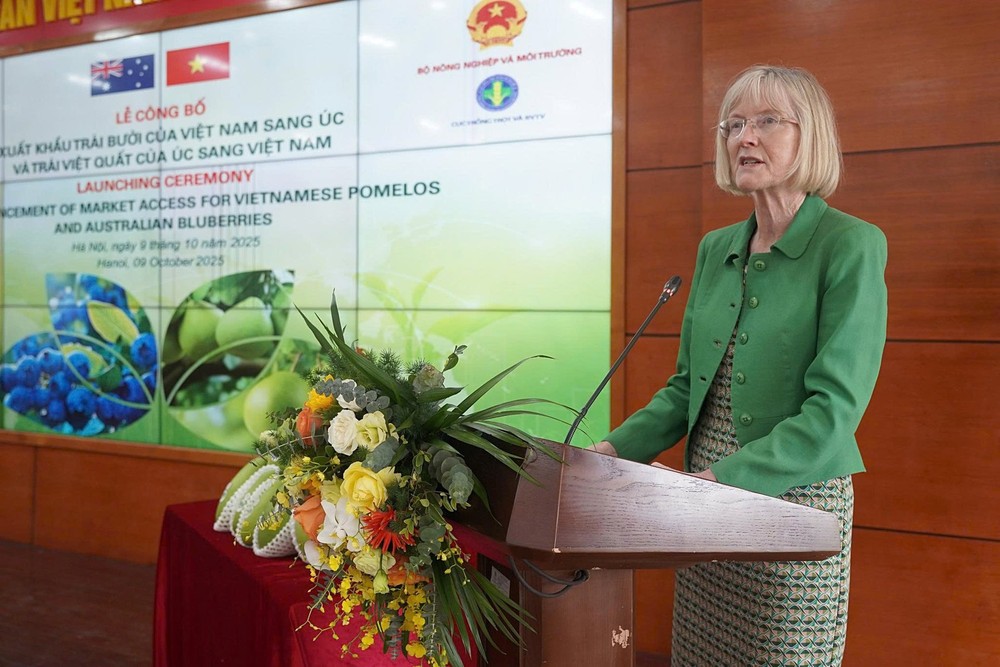
Ahead of the ceremony, Deputy Minister of Agriculture and Environment Hoang Trung shared with the press that the signing marked the official commencement of Vietnam’s grapefruit exports to the promising Australian market.
According to the deputy minister's revealation that Vietnam has so far exported eight types of fruit to Australia. Moreover, Australian authorities' approval of Vietnamese grapefruit in Autralia underscores the growing trust in Vietnam's agricultural standards and opens up new opportunities for other Vietnamese fruits and farm products in this high-value market.
Deputy Minister Hoang Trung emphasized Vietnam’s competitive edge in grapefruit production, citing the country’s ability to harvest fruit year-round and supply up to 1.2 million tons annually. Meanwhile, Australian consumer demand remains high, and supply from other sources has yet to meet that potential, he noted.
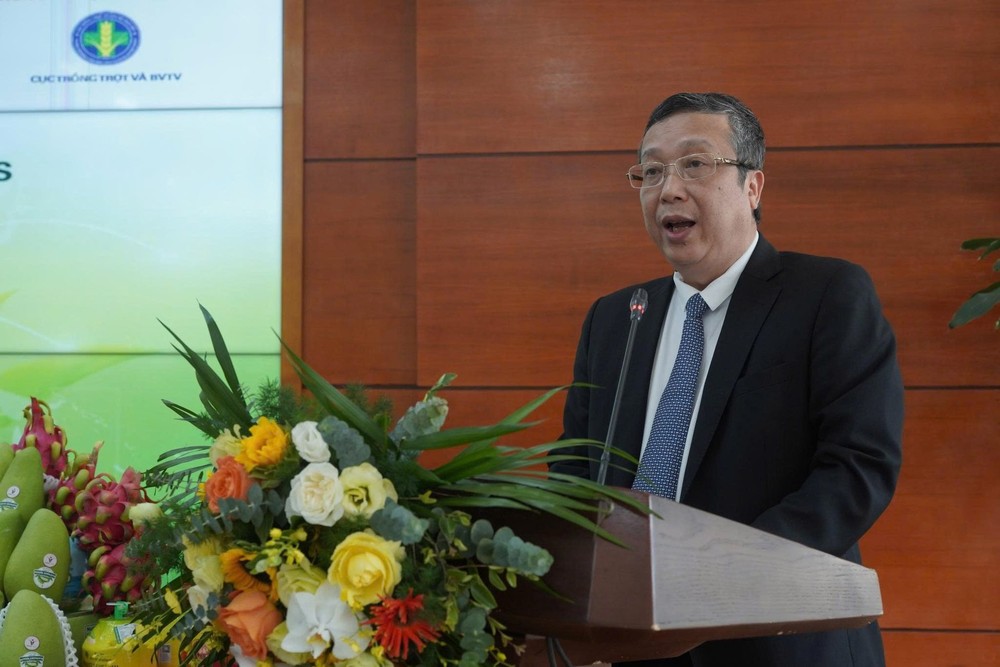
Director Huynh Thanh Dat of the Department of Crop Production and Plant Protection added that his department will work closely with provincial agencies to ensure all plant quarantine and food safety requirements are met. “We will organize training sessions, disseminate updated regulations, and guide local producers on establishing certified growing areas and packing facilities,” he said. “This cooperation ensures that Vietnamese grapefruit meets the stringent import standards of the Australian market.”
The reciprocal fruit trade not only marks a breakthrough for Vietnam’s agricultural exports but also symbolizes the deepening trust and partnership between Hanoi and Canberra—one built on shared values of quality, safety, and mutual economic benefit.

